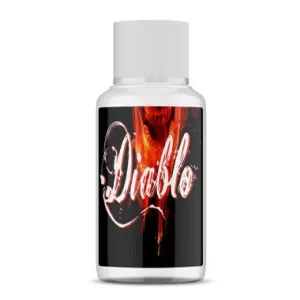Arylcyclohexylamines
Arylcyclohexylamines consist of a smaller group of chemical compounds that hold a huge potential. Most laymen can’t even pronounce the class name, but almost everyone has heard of PCP and ketamine. And both of these substances are in the Arylcyclohexylamines chemical class.
But, as you well know, PCP and ketamine illicit distinctly different physiological responses, and the same goes for other members of the Arylcyclohexylamine family as well. It’s generally accepted that most Arylcyclohexylamines chemicals antagonize the NMDA receptor leading to dissociative effects in the laboratory. But the extent and range of effect and breakdown varies and depends upon what functional groups replace the hydrogen atoms at possible bonding sites.
Buy Arylcyclohexylamines varyingly possess NMDA receptor antagonistic, dopamine reuptake inhibitory, and μ-opioid receptor agonistic properties. Additionally, σ receptor agonistic, nACh receptor antagonistic, and D2 receptor agonistic actions have been reported for some of these agents. Antagonism of the NMDA receptor confers anesthetic, anticonvulsant, neuroprotective, and dissociative effects; blockade of the dopamine transporter mediates stimulant and euphoriant effects as well as psychosis in high amounts; and activation of the μ-opioid receptor causes analgesic and euphoriant effects. Stimulation of the σ and D2 receptors may also contribute to hallucinogenic and psychomimetic effects.















